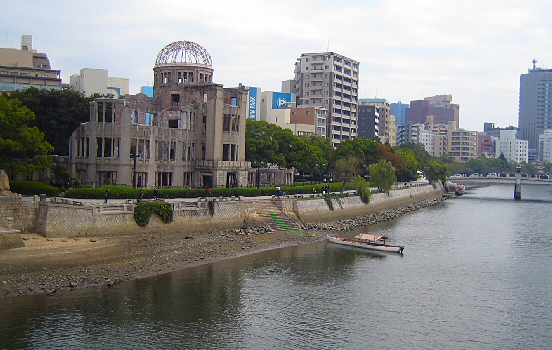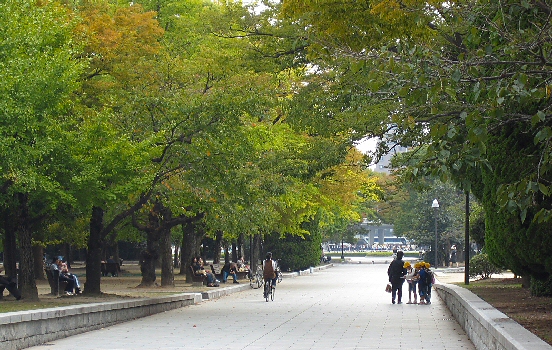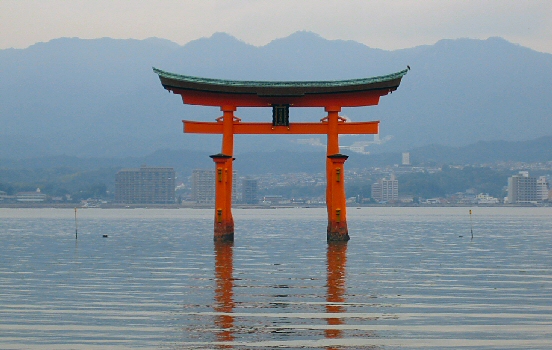Hiroshima is a place where the past isn’t just remembered. It’s embedded in every concrete slab, every rusted doorway, every eerie silence between schoolchildren’s laughter.
The name of Hiroshima will forever be connected to the horrible event in 1945. On August 6, the first nuclear bomb to be used against mankind detonated 580 meters above the city, killing hundreds of thousands of people.
I stand before the Genbaku Dome, the skeletal remains of a once-grand exhibition hall, now frozen in time like a horror movie frame. Most of the walls managed to withstand since the blast wave came from directly above, but almost every other building in Hiroshima was erased. The dome is a twisted ghost of modernity, surrounded by clean walkways and meticulous Japanese order.
 The remains of the Genbaku Dome.
The remains of the Genbaku Dome.
I walk alone in silence through the lush Peace Memorial Park, an area that was once the busy downtown district of Hiroshima before the bomb. Several school classes are roaming the park and some of the children ring the large Peace Bell. I pass the Children’s Peace Monument, like a postcard from the abyss. The eternal flame burns quietly, defiantly, daring the world to try that stunt again.
 Peace Memorial Park.
Peace Memorial Park.
To get some air and uplifting spirits, I board a ferry to the Miyajima island, south of the city center. Miyajima has been worshiped as a divine island since ancient times. The Itsukushima Shrine was constructed way back in 593, built on the seashore where the tide ebbs and flows. The most recognizable part of the shrine is the red torii gate, partially submerged at high tide. Except for perhaps Mount Fuji, this is the essential image of Japan.
 Torii gate at Miyajima island.
Torii gate at Miyajima island.
The gate has been on the site since 1168. As I go down to the beach for mandatory “international karate” posing in front of the gate, a few free-roaming deer appear from nowhere and looks at me with curious eyes.
After sunset I climb up the hill to the imposing Senjokaku Hall, where the red roof of the five-story pagoda glimmer in the last rays. As the night fall, I walk along the small alleys and sample the local waffle cookies. Such a contrast to the tragic memorials in the city center.

Comments
No comments yet.
Leave a reply